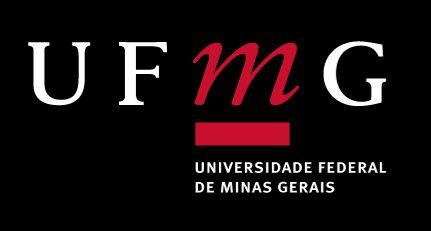Rio, ribeirão ou valo?
a influência das distintas percepções e atribuições de valores na conservação/preservação/utilização dos cursos d’água
DOI:
https://doi.org/10.35699/2237-549X..13220Keywords:
landscape, water courses, urbanization, conflicts, hazardAbstract
The changes in the dynamics of land use connected to the urbanization are, sometimes, the reason of conflicts that emerge from legal divergences as well as from different views, life experiences and meanings attributed to the landscape by the agents who shape it. The Ribeirão Chico de Paulo sub-basin (Jaraguá do Sul – SC), that is inserted in an expressive area of urban expansion, was the scene of the present study. This article aims to analyze how the different perceptions from a landscape interfere in the occupation of the environment and in the highest or lowest level of conservation of the physicalnatural ambient, especially of the water courses. This work is based on interviews with real estate entrepreneurs, with a representative of the local government and with different social groups that live in the sub-basin, and it analyzes how the different views reflect on the degradation or preservation of the drainage system and on the occupation of the area subject to floods. It concludes that divergences of connotations and treatments attributed to same water courses are a decisive factor for their preservation, conservation and/or utilization. These divergences, that are expressed through views that exalt the water courses or despise them, have also a decisive influence on the occupation of hazardous areas
Downloads
References
BERQUE, Augustin. Paisagem-marca, paisagem-matriz: elementos da problemática para uma geografia cultural. In: CORRÊA, R. L.; ROSENDAHLL, Z. (Org.). Paisagem, tempo e cultura. Rio de Janeiro: Ed. UERJ, 1998. p. 84-91.
BERTOLI, Daiane. Dinâmica da paisagem da sub-bacia do ribeirão Chico de Paulo (Jaraguá do Sul – SC): urbanização e conflitos decorrentes. Dissertação (Mestrado em Geografia) – Universidade Federal de Santa Catarina, Florianópolis, 2006.
BRASIL. Lei n. 4.771, de 15 de setembro de 1965. Institui o Novo Código Florestal. Brasília, 1965.
CLAVAL, Paul. A geografia cultural. Florianópolis: Ed. UFSC, 1999
CONAMA – CONSELHO NACIONAL DO MEIO AMBIENTE. Resolução n. 004, de 18 de setembro de 1985. Dispõe sobre Reservas Ecológicas e dá outras providências. Brasília, 1985.
CONAMA – CONSELHO NACIONAL DO MEIO AMBIENTE. Resolução n. 303, de 20 de março de 2002. Dispõe sobre Áreas de Preservação Permanente. Brasília, 2002.
COSGROVE, Denis. Em direção a uma geografia cultural radical: problemas da teoria. Espaço e Cultura, [s.l.], n. 5, p. 5-29, jan./jun. 1998.
HOLZER, Werther. Uma discussão fenomenológica sobre os conceitos de paisagem e lugar, território e meio ambiente. Território, [s.l.], ano 2, n. 3, p. 77-85, jul./dez. 1997.
RELPH, Edward. As bases fenomenológicas da Geografia. Geografia, [s.l.], v. 7, n. 4, p. 1-25, abr. 1979.
SANTOS, Milton. A natureza do espaço: técnica e tempo, razão e emoção. 3. ed. São Paulo: Ed. HUCITEC, 1999. SANTOS, Milton. Pensando o espaço do homem. São Paulo: Ed. HUCITEC, 1986.
SAUER, Carl O. A morfologia da paisagem. In: CORRÊA, R. L.; ROSENDAHLL, Z. (Org.). Paisagem, tempo e cultura. Rio de Janeiro: Ed. UERJ, 1998. p. 12-74.
Downloads
Published
How to Cite
Issue
Section
License
Copyright (c) 2007 Daiane Bertoli, Sandra Maria de Arruda Furtado

This work is licensed under a Creative Commons Attribution 4.0 International License.
Os artigos desta revista obedecem a licença Creative Commons — Attribution 4.0 International — CC BY 4.0









